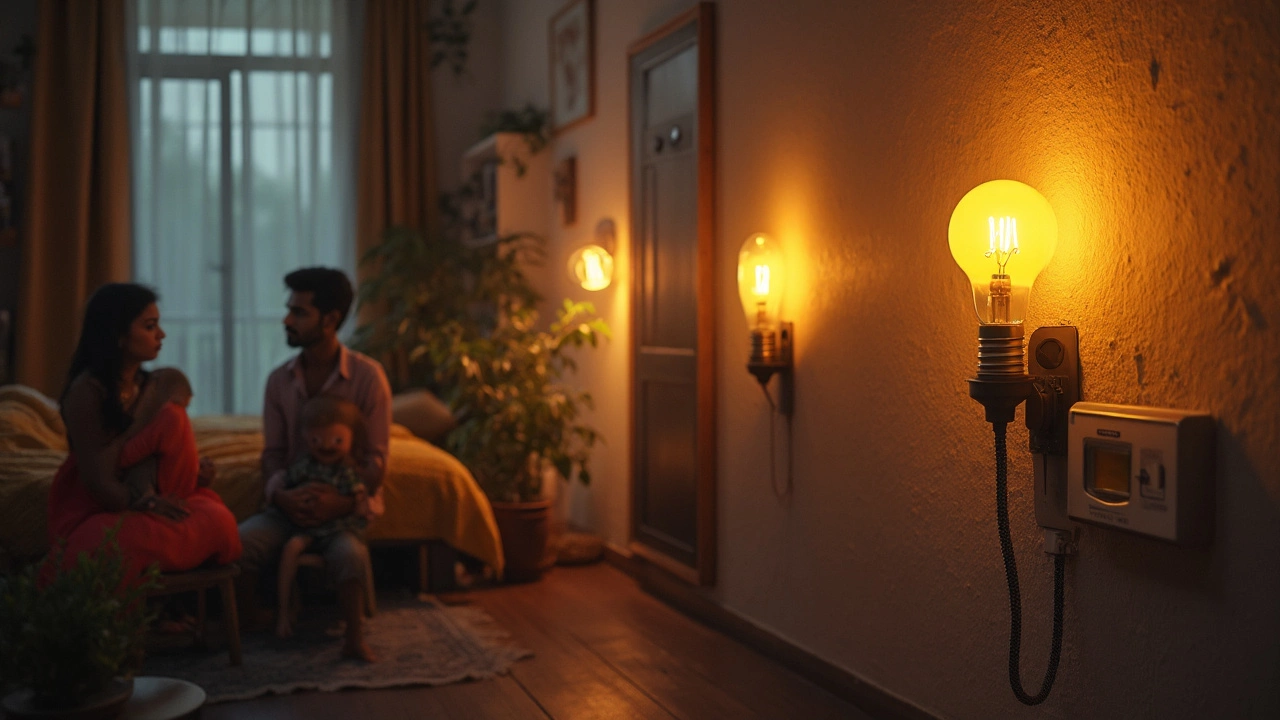LED bulbs: The bright choice for every home
When working with LED bulbs, compact light sources that use semiconductor technology to produce illumination. Also known as light‑emitting diodes, they consume far less electricity than traditional incandescent or fluorescent lamps. Energy‑efficient lighting, a broader category that includes LED bulbs, CFLs, and halogen options works hand‑in‑hand with smart lighting, systems that let you control brightness, color, and schedules via apps or voice assistants. Together, these technologies reshape home lighting design, the planning of light layers, fixtures, and ambience throughout a house. In plain terms, LED bulbs cut electricity bills, last up to 25 times longer than incandescents, and can be dimmed or color‑tuned when paired with smart hubs. That means fewer replacements, lower energy footprints, and more creative freedom for anyone looking to refresh a room’s vibe.
Why LED bulbs matter for modern homes
First, the energy‑saving attribute of LED bulbs is a direct result of their low power draw. An average 9‑watt LED replaces a 60‑watt incandescent while delivering the same lumen output, which translates to roughly an 85% reduction in electricity use. This efficiency feeds into the larger goal of energy‑efficient lighting by cutting utility costs and reducing household carbon emissions. Second, LED technology offers a wide range of color temperatures—from warm 2700 K that mimics soft candlelight to crisp 5000 K daylight ideal for kitchens or workspaces. These options let designers craft layered lighting schemes, blending ambient, task, and accent lights without juggling multiple fixture types. When you add smart lighting into the mix, LED bulbs become even more versatile. Voice‑controlled dimming, automated schedules, and remote on/off features mean you can tailor illumination to your daily rhythm—brightening the bathroom in the morning, easing into warm tones at sunset, or simulating presence while you’re away. Smart hubs also collect usage data, helping homeowners spot energy‑wasting patterns and adjust settings for maximum savings. The synergy between LED bulbs and smart platforms fuels the rise of “adaptive lighting,” where illumination responds to natural light levels, motion, or even health‑focused cues like circadian rhythms.
From a design standpoint, the slim profile of LED bulbs opens doors for creative fixture choices. Recessed cans, track lighting, and minimalist pendant lamps all benefit from the low heat output and small size of LEDs, allowing tighter spacing and more daring placements. For those tackling a bathroom makeover, like the bohemian bathroom guide in our collection, LED strips under cabinets or behind mirrors add a subtle glow without overheating the space. In living areas, pairing a corner sofa with a warm LED floor lamp can define a cozy nook, echoing the ideas in our “Best Ideas to Pair with a Corner Sofa” article. Meanwhile, the durability of LEDs means they withstand the occasional bump in high‑traffic zones—perfect for hallways or kids’ rooms where durability matters. Altogether, LED bulbs serve as the backbone of modern lighting strategies, linking energy efficiency, smart control, and flexible design. Below, you’ll find a hand‑picked set of articles that dive deeper into specific uses—whether you’re revamping a bathroom, sizing furniture, or planning a whole‑home lighting overhaul. Each piece shows how LED bulbs can be the common thread that ties aesthetics, functionality, and savings together.
